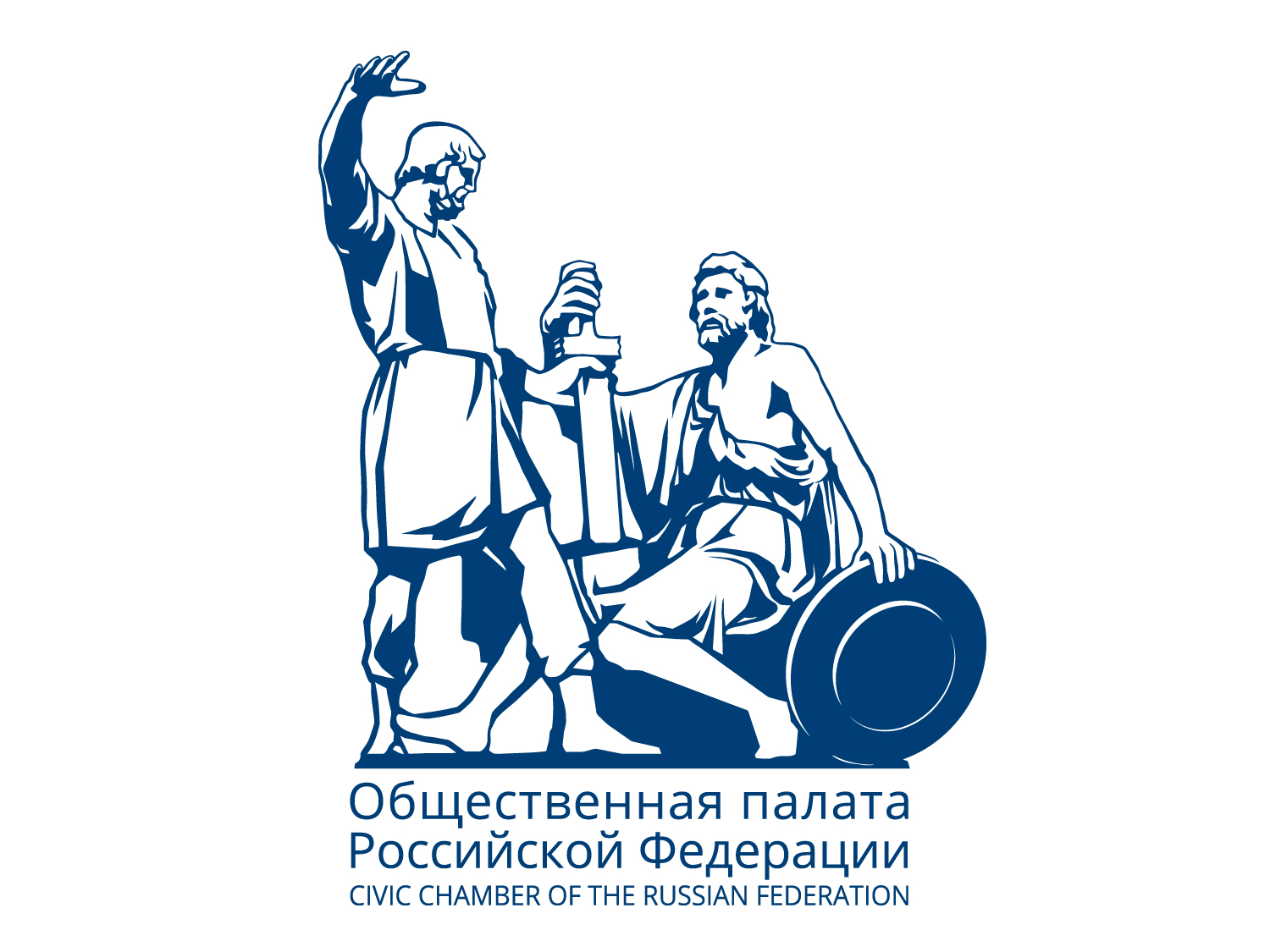
Adam Rorris
Adam Rorris is a senior economist in International Relations, Government Financing, Expenditure Analysis, Policy Analysis and Capacity Building. As an economist, he applies a political economy approach to analysis and problem solving to help design and deliver the most realistic and effective solutions. He has been employed as a senior policy advisor in United Nations agencies, the World Bank, the Asian Development Bank and by many governments in Australia and the Asia-Pacific region. He has worked as a senior advisor to government on large-scale financing systems for the education sector in Australia as well as large education systems in Vietnam and Indonesia. As a student leader he was involved in organsing anti-fascist activities on campuses in Australia. He has a post-graduate degree in Economics from the University of Sydney.
The Virus of fascism — then and now
In the last century, the world stood frightened when an oncoming virus threatened all before it. The virus knew no borders and it killed millions and destroyed the lives of many more. We know now that fascism is a socially engineered virus. One that has proven impossible to stamp out once and for all. It is a recurring pathogen afflicting societies the world over, and we see it again in our time. We see it emerging in various guises and levels of dangerousness.
But whatever its cultural-organisational mutation, it is mapped by a common DNA — defence of the elite through xenophobia, nationalism, and militarism
If we are to contain it and banish it once again, we need to understand the damage it inflicts. And of course, to remember the blood and sacrifice it will exact if it is allowed to parade itself again.
I write from Australia, a country far away from the crucible of fascism. Yet I write with great concern about the need to remember what fascism means. Not for a remote academic purpose, but because we know from our history that its message and impact is global and catastrophic.
I write from Australia, a country far away from the crucible of fascism. Yet I write with great concern about the need to remember what fascism means. Not for a remote academic purpose, but because we know from our history that its message and impact is global and catastrophic.
Fascist squads appeared in Australian cities in the early 1930's for the same reason they emerged in Italy, Germany and other European cities at the time — as a way of containing workers' movements that were challenging established order
As the national economy staggered through the Great Depression, many in the organised labour movement of Australia were inspired by the Soviet experiment. They were inspired by the real attempt at an alternative society that could replace the exploitation of capitalism with something more humane. The fascists that appeared on the Australian 'soap-boxes' in the 1930s, served the same purpose as their present-day incarnations — a violent last line of defence against any attempt at social change.
Australians joined whole-heartedly in the war against fascism. Australian workers led the way even when their own national government was timid in the face of Japanese militarism that appeared in the Asia-Pacific region. In 1938 after Japan had entered Nanjing in China and committed extensive atrocities, Australian dockworkers from the port of Wollongong refused to load iron ore onto a ship bound for Japan. They could see the dangers of fascism in Europe and the militarism of Japan as an affront and challenge to humanity. The conservative government of the day tried to pressure them to capitulate and load the iron, but they held out for 11 weeks without pay and the threat of losing their jobs. They stood in solidarity with the victims of a rising fascism and militarism on the other side of the world.
When Australia did finally enter the war with the Allies there was no shortage of volunteers — nearly one million men and women serving during WW2, from a population of just seven million.
Australians joined whole-heartedly in the war against fascism. Australian workers led the way even when their own national government was timid in the face of Japanese militarism that appeared in the Asia-Pacific region. In 1938 after Japan had entered Nanjing in China and committed extensive atrocities, Australian dockworkers from the port of Wollongong refused to load iron ore onto a ship bound for Japan. They could see the dangers of fascism in Europe and the militarism of Japan as an affront and challenge to humanity. The conservative government of the day tried to pressure them to capitulate and load the iron, but they held out for 11 weeks without pay and the threat of losing their jobs. They stood in solidarity with the victims of a rising fascism and militarism on the other side of the world.
When Australia did finally enter the war with the Allies there was no shortage of volunteers — nearly one million men and women serving during WW2, from a population of just seven million.
They fought in Europe and across Asia to defeat fascism. As they did so, many came to appreciate the heroic sacrifice of the Soviet people as they bore the brunt of Nazi aggression
It became a matter of some concern to the army during the war that regular Australian soldiers would applaud loudly and yell "Uncle Jo" as images of Stalin were shown alongside Churchill and Roosevelt during short movies on the war.
When the war ended, Australia began again to be Australia. A massive immigration program took in the people of a devastated Europe as a way of reconstructing the country. These immigrants were the flotsam of what Nazi aggression had made of the continent. My own parents were immigrants from Greece. A country which suffered greatly under German occupation, and then a civil conflict that was aided and abetted by English and then American forces. The slide into the Cold War propelled many persons to go to Australia and other 'new world' countries. Their suitcases may have been empty on arrival, but their hearts and minds were full of the fear and loathing of war and what it brings.
Many of these new immigrants to Australia joined the working class and its labour movement. Even as Australia moved quickly into the American orbit of the cold war, there remained within the social democratic Australian Labour Party, as well as other more principled organisations, the collective memory of fascism and militarism. When Australia followed the USA into the Vietnam War, the resistance turned to fighting the new militarism. A powerful movement, built during a time of prosperity, ultimately succeeded in ending Australian engagement in a war that killed millions. Less than twenty years after that war ended, I found myself working side by side with colleagues in the Ministry of Education in Vietnam as a new education system was being rebuilt. The urge to create had overcome the urge to destroy.
The 21st century finds Australia both prosperous and conflicted. The grossly inequitable distribution of wealth is producing tensions within society. A highly multicultural society has had to negotiate and fight off a sophisticated campaign by extreme right-wing forces bearing the usual fascist DNA cocktail — xenophobia, nationalism and violence. They now roam the internet, before they would like to roam our Australian streets.
When the war ended, Australia began again to be Australia. A massive immigration program took in the people of a devastated Europe as a way of reconstructing the country. These immigrants were the flotsam of what Nazi aggression had made of the continent. My own parents were immigrants from Greece. A country which suffered greatly under German occupation, and then a civil conflict that was aided and abetted by English and then American forces. The slide into the Cold War propelled many persons to go to Australia and other 'new world' countries. Their suitcases may have been empty on arrival, but their hearts and minds were full of the fear and loathing of war and what it brings.
Many of these new immigrants to Australia joined the working class and its labour movement. Even as Australia moved quickly into the American orbit of the cold war, there remained within the social democratic Australian Labour Party, as well as other more principled organisations, the collective memory of fascism and militarism. When Australia followed the USA into the Vietnam War, the resistance turned to fighting the new militarism. A powerful movement, built during a time of prosperity, ultimately succeeded in ending Australian engagement in a war that killed millions. Less than twenty years after that war ended, I found myself working side by side with colleagues in the Ministry of Education in Vietnam as a new education system was being rebuilt. The urge to create had overcome the urge to destroy.
The 21st century finds Australia both prosperous and conflicted. The grossly inequitable distribution of wealth is producing tensions within society. A highly multicultural society has had to negotiate and fight off a sophisticated campaign by extreme right-wing forces bearing the usual fascist DNA cocktail — xenophobia, nationalism and violence. They now roam the internet, before they would like to roam our Australian streets.
Fascists come into play when they are needed by the powerful. We know they tap into fear and despair in order to divide populations. If we are to deny their resurgence during any future troubled times, we must begin by remembering the violence and hatred they bring to the world
The tremendous sacrifice of all fighters and people against 20th century fascism must also be remembered. The sacrifice of the people from the Soviet Union should have a special place in this commemoration precisely because they suffered the greatest losses and because they broke the back of Nazi aggression.
Australia is a continent that rests far away from the epicentre of wars and famines. But our history teaches us that our vast island home is not immune to the virus of fascism. A virus that contaminates the body and soul of politics and leaves vulnerable populations at the mercy of hatred and despair.
Australia is a continent that rests far away from the epicentre of wars and famines. But our history teaches us that our vast island home is not immune to the virus of fascism. A virus that contaminates the body and soul of politics and leaves vulnerable populations at the mercy of hatred and despair.
On the use of information
All materials on this website are available under license from Creative Commons Attribution 4.0 International and may be reproduced for non-commercial purposes, provided the source is acknowledged.
Demonstration of Nazi and fascist paraphernalia or symbols on this resource is related only to the description of the historical context of the events of the 1930−1940s, is not its propaganda and does not justify the crimes of fascist Germany.
All materials on this website are available under license from Creative Commons Attribution 4.0 International and may be reproduced for non-commercial purposes, provided the source is acknowledged.
Demonstration of Nazi and fascist paraphernalia or symbols on this resource is related only to the description of the historical context of the events of the 1930−1940s, is not its propaganda and does not justify the crimes of fascist Germany.
This is a project of the Civic Chamber of the Russian Federation and the Institute of Foreign Policy Research and Initiatives


